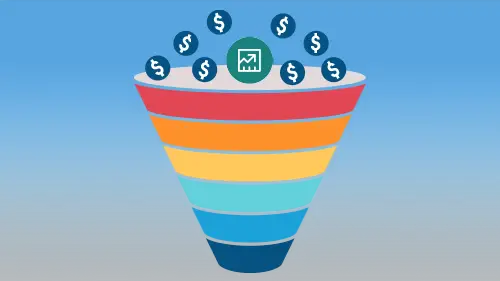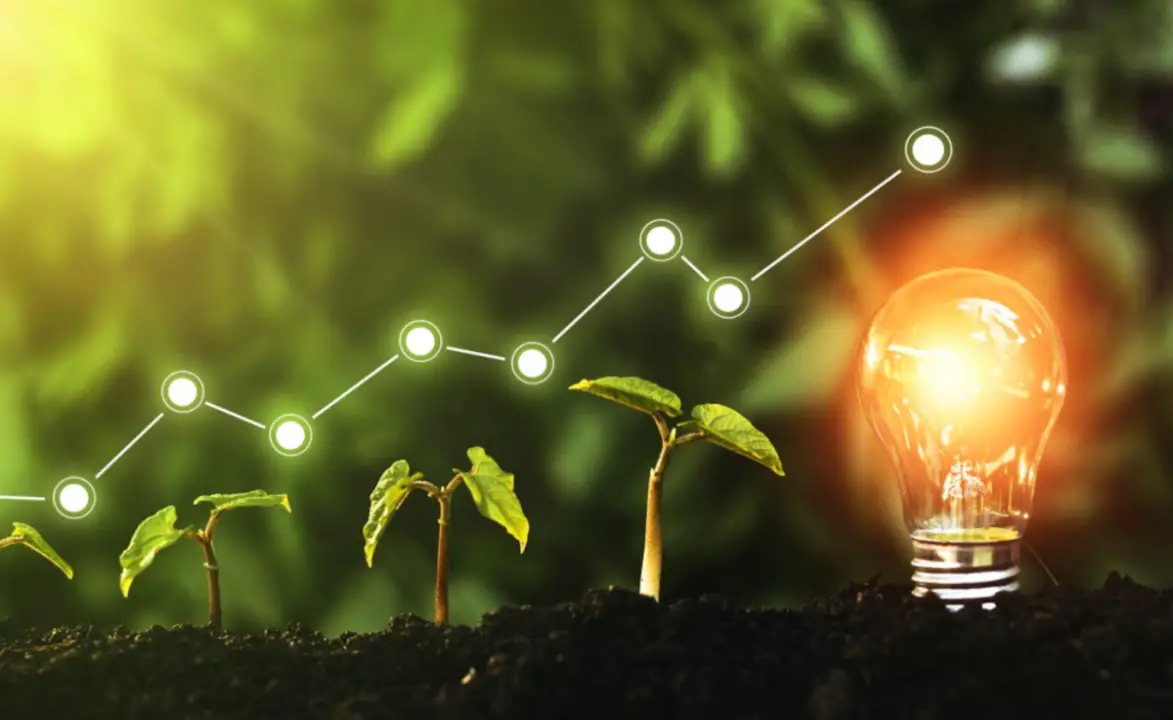Customers are the backbone of every organization. They bring in the revenue that aids business success and cultivates future plans.
However, the competition level is accelerating beyond the state’s boundaries in this global era. Customers have numerous product substitutes available, which makes it difficult to retain them, let alone make them loyal.
For this reason, building an effective sales funnel is essential for businesses. It helps convert the target audience into potential leads and eventually closes the deal.
It may sound pretty simple, but there are different stages involved in creating a successful sales funnel. Understanding all these stages is vital to complete a sales process and increase a firm’s revenue.
Having said that, let’s learn about sales funnels and their different stages in depth.
What Is A Sales Funnel?
It is the visual illustration of the customer journey from brand awareness to final sales. The funnel assists marketers in filtering the end consumer from the mass audience. It includes different sections (Top, middle, and bottom) that aid the sales personnel in utilizing the available resources wisely. Thus, a company boosts its sales, eliminates resource wastage, and elevates the team’s efficiency all at once.
What Are The Stages Of Funnel?
Ideally, there are four stages of a sales funnel- Awareness, Interest, Decision, and Action. Each stage is the visual representation of the consumer’s mindset and influences the target audience to buy the product or service.
- Awareness: This stage includes making the target audience aware of the product or service via marketing. It could be budget-friendly brand promotions such as on social media, using SEO and word of mouth, or sponsored ad and PPC campaigns.
- Interest: After learning about the brand and its product or services, the next step is to ignite interest in prospects’ minds. It means providing information that is useful and captivating for users to click on the brand’s website and encourage them to make a purchase.
However, this is quite a tricky part. That’s why businesses often work with B2B service providers to implement tailored lead generation techniques to boost the sales funnel pipeline. It helps in refining the interest contacts into sales-ready and providing high RoI.
- Decision: Generally, when a prospect is ready to make a purchase, they compare the products, packages, and pricing to select the best option. It means to ensure that they choose you over others, you must provide an undeniable offer.
It may include discounts, freebies, free shipping, or loyalty points. The more irresistible your offer is, the higher the chances of purchase.
- Action: The final stage of the funnel is buying the product or service and becoming a part of the organization’s ecosystem. However, your work here is not done yet. You need to ensure that new customers stay with the organization.
For this, you must ask for their feedback, provide excellent customer service and invite them to the reward programs.
How To Develop A Sales Funnel For Your Business?
Now that you are well versed in the different sales funnel stages, creating one for your business will require only a few steps.
- Step 1- Create A Landing Page: In order to raise awareness about your brand, you must create an effective landing page. It will be the page that will enlighten the prospects about what the company does, its mission and vision, and how it is better than its competitors.
- Step 2- Encourage The Prospect: When a prospect shows interest in becoming a lead, your sales team must encourage them. Request for their email address to provide them with captivating information and offers. You can also use lead generation methods to nurture them and convert them into customers.
- Step 3- Close The Deal: Finally, provide them with an offer that is hard to decline. For this, make sure to conduct competitive research and learn about prospects’ tastes and preferences. It will ensure that the funnel brings favorable results.
Bonus Step: Optimize The Funnel
After creating the funnel, make sure to modify it according to the changing target audience’s preferences. It will ensure that you are always one step ahead of the competitors and continuously catering to the customers’ needs. Start with the top of the funnel and work your way down to ensure content and campaigns are performing well at every stage.
Concluding Remarks
As soon as a business identifies its target audience, the following step should be creating a sales funnel. It ensures that you retain existing customers while encouraging others to associate with your company and contribute to the revenue. Each stage of the funnel will help evaluate the potential leads, filter them, and turn them into customers.








